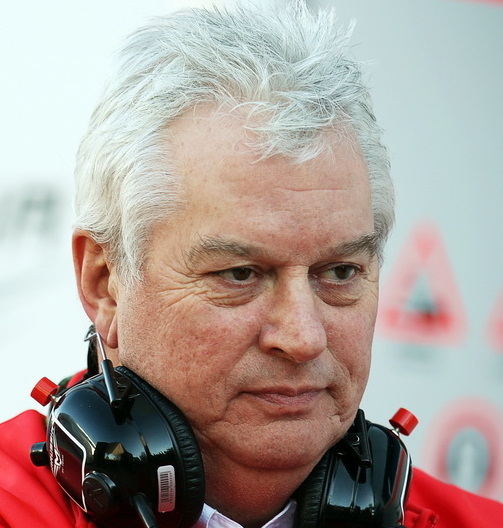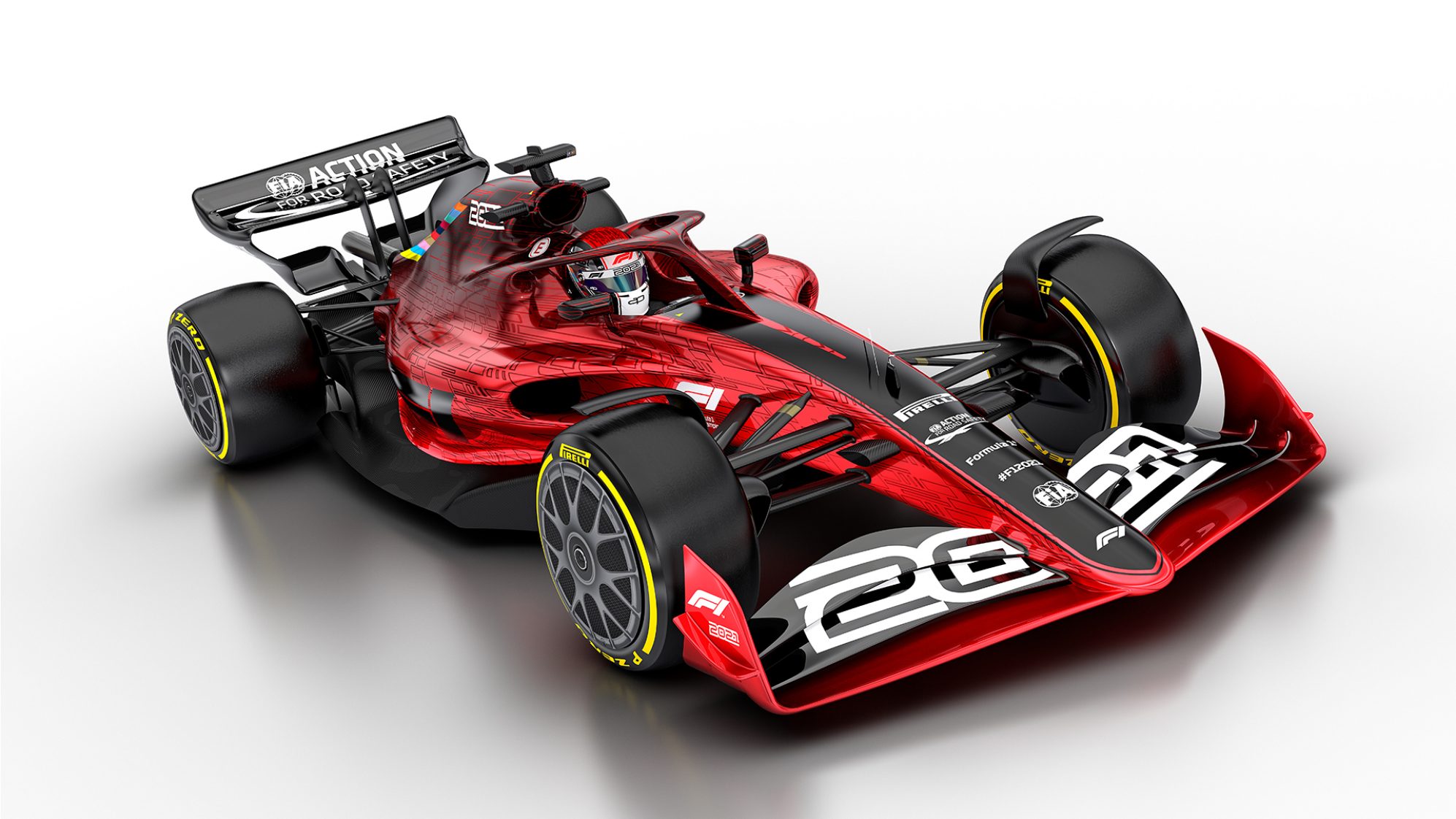F1 to switch to 2-stroke engines (Update)
 |
| Pat Symonds, chief technical officer of Formula 1 |
UPDATE (GMM) Dr Helmut Marko is not writing off the chances that Formula 1 will be powered by two-stroke engines from 2025.
In 2014, the sport's new V6 'power unit' era began, but the cost, complexity, sound and Mercedes' dominance have all been controversial.
So Pat Symonds, an experienced engineer who is now Liberty Media's F1 technical boss, told a Motorsport Industry Association conference that the future could be two-stroke.
He said those engines would be "much more efficient", produce a "great sound from the exhaust, and a lot of the problems with the old two strokes are just not relevant anymore".
Symonds also said the engines could run on 'green' synthetic fuel comprising hydrogen and captured carbon.
"I certainly think the internal combustion engine has a future that's longer than a lot of politicians realize because politicians are hanging everything on electric vehicles," he said.
But it seems that Symonds' vision has caught Formula 1 as a whole by surprise.
"At the moment it sounds like a carnival speech," said Red Bull's plain-talking Dr Helmut Marko, when asked about Symonds' comments.
"But I will seriously ask my engineers about it," he told Auto Bild.
"We should know how much horsepower you can get out of them, how efficient are they really, and can they really work with alternative fuels," he added.
 |
| 2021 car |
01/11/20 Formula 1 is looking to introduce two-stroke engines that run on eco-fuel by the middle of the decade, as it develops plans to become carbon neutral according to Motor Sport Magazine.
The proposal is said to make the sport greener than electric racing series, such as Formula E, while still using internal combustion engines — with improved sound.
Current F1 hybrid engines will be replaced by a new specification of power unit from 2025 or 2026. It will play a significant role in Formula 1’s project to become carbon neutral in 2030.
"I’m very keen on it being a two-stroke," said Pat Symonds, chief technical officer of Formula 1, at the Motorsport Industry Association’s energy-efficient motorsport conference.
"Much more efficient, great sound from the exhaust and a lot of the problems with the old two strokes are just not relevant any more."
The new engines are likely to remain hybrids but powered by synthetic fuel, made by combining hydrogen with carbon captured from the air, using surplus green energy.
As well as the cars, this e-fuel could power the planes that carry the cars and equipment to races, making a big dent in the sport’s carbon footprint.
2-Stroke vs 4-Stroke
One of the main differences between 2-stroke and 4-stroke engines is that 4-strokes need an additional revolution of the crankshaft to complete the intake, compression, power and exhaust cycle. In this type of configuration, a 4-stroke engine can distribute the firing of its cylinders over the first stroke, leaving the second stroke just for resting.
In the case of a 2-stroke screamer, the engine must fire at regular intervals within one 180° turn of the crankshaft, or each half-revolution, firing four times in each cycle of two revolutions. To return to the 4-stroke configuration, it is necessary to put all these power strokes together, but as it takes more time to make a complete cycle, this arrangement is not optimal. To compensate for the long rest time, the power strokes can take place within a 90° margin. This configuration, in which the firing interval is much longer but still leaves one complete revolution for resting, is also known as a long bang.
Time to Research
Research presented at the conference showed that electric racing cars could be responsible for twice the level of carbon emissions as hybrid racing cars, because of the amount produced when building the batteries.
"We need to look at what our future power units will look like," said Symonds. "At F1 this is what we are engaged in at the moment."
He said that the sport’s pledge to continue with the current engines until 2025 gave it the time to "make sure that the next step is a really good one".
"It might be that the next power unit we produce is the last one we do with liquid hydrocarbons," he said. "I think there’s a very high chance that there might still be an internal combustion engine but maybe it’s running on hydrogen.
"I certainly think that the internal combustion engine has a long future and I think it has a future that’s longer than a lot of politicians realise because politicians are hanging everything on electric vehicles.
"There’s nothing wrong with electric vehicles but there are reasons why they are not the solution for everyone."
Symonds said that he is currently visiting universities carrying out engine research to inform the new regulations.
He told the conference that he was struck by the amount of research going into two-stroke engines, which are better-known for their smoky and noisy performance in lawnmowers, rather than their potential at the pinnacle of motor sport.
"It’s reasonably obvious that if you are going to pump that piston up and down, you might as well get work out of it every time the piston comes down rather than every other time the piston comes down," he said.
"The opposed piston engine is very much coming back and already in road car form at around 50 per cent efficiency.
"Direct injection, pressure charging, and new ignition systems have all allowed new forms of two-stroke engines to be very efficient and very emission-friendly. I think there’s a good future for them."